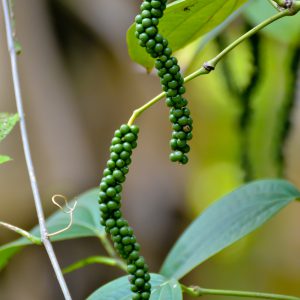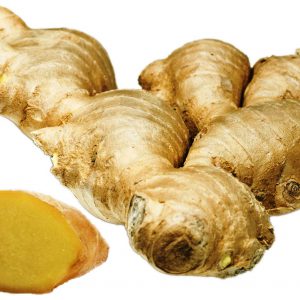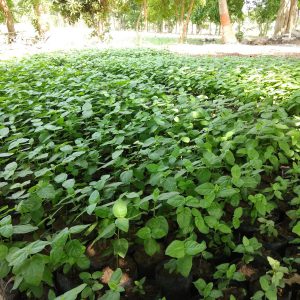The Piper longum fruit has been used in traditional medicine, including the Ayurvedic system of medicine. Although there are numerous indications for its use, The primary constituents isolated from various parts of P. longum are piperine, piperlongumine, sylvatin, sesamin, diaeudesmin piperlonguminine, pipermonaline, and piperundecalidine. It is most commonly used to treat chronic bronchitis, asthma, constipation, gonorrhea, paralysis of the tongue, diarrhea, cholera, chronic malaria, viral hepatitis, respiratory infections, stomachache, bronchitis, diseases of the spleen, cough, and tumors. Long pepper is a close relative of P. nigrum, which gives black, green, and white pepper and has a similar but generally hotter flavor. The fruits contain the alkaloid piperine, which contributes to their pungency. When applied topically, it soothes and relieves muscular pains and inflammation. In Ayurvedic medicine, it is said to be a good rejuvenator. P. longum stimulates the appetite and dispels gas from the intestines. An infusion of P. longum root is used after birth to induce expulsion of the placenta. This plant is inexpensive, readily available, and effective for many diseases, including cancer, inflammation, depression, diabetes, obesity, and hepatotoxicity.
Additional information
| Part used | Fruit/Root |
|---|---|
| Benefit | Stimulant spice, strengthens respiratory immunity, helps in cough-cold, liver and digestion related health complaints |
| Botanical Name | Piper longum |






